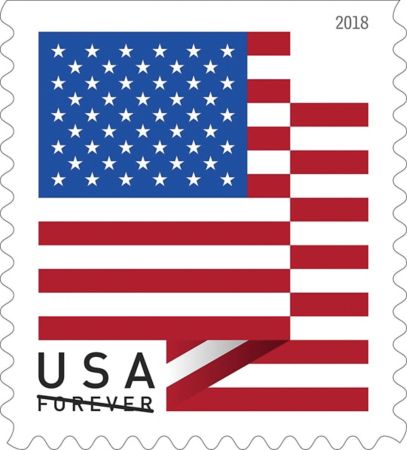There are a few postcard sizes that are commonly used and the one selected usually depends on the your budget, goals, and preference. Below are a few of the standard options, others are available but they are typically more expensive and may not meet USPS requirements.
4x6: This is typically the smallest size we would recommend. This is the most cost effective, but the real advantage of using a card this is size is if you are sending the card first class. There is a special postcard rates for this size cards that is almost the same as the standard mail rate. These are great for time sensitive notifications, but they are small so it is difficult to put much content on them and they also may get lost in the mailbox.
8.5x5.5: This is the same size as a half sheet of paper. This is the most common size we see as the postcard is big enough to be noticed in the mailbox but the size also allows for cost effective printing.
6x9: This card sticks out a bit more in mail boxes but is quite a bit more costly to print based on the number of cards we can get on a single sheet. The postage will remain the same as a 8.5x5.5. These are often use to stand out from the typical 8.5x5.5 cards.
6x11: These are much longer and tend to stick out even more than a 6x9 but they are even more expensive to print. The 6x11 cards also give you some more space to add additional information to your card. Postage for these size cards is the same.
8.5x11: A full sheet. These qualify for a different postage rate which is much higher. The printing and postage cost is significantly higher. We typically only see these in campaigns where an entire area is saturated, as the postage costs can be reduced, but the printing is still significantly higher.
The size of your postcard should depend on your budget, the amount of content you would like to include, how you would like the card to stand out in the mail box, and how quickly you need it delivered. Typically we see 8.5x5.5 postcards but it all depends on preference.





